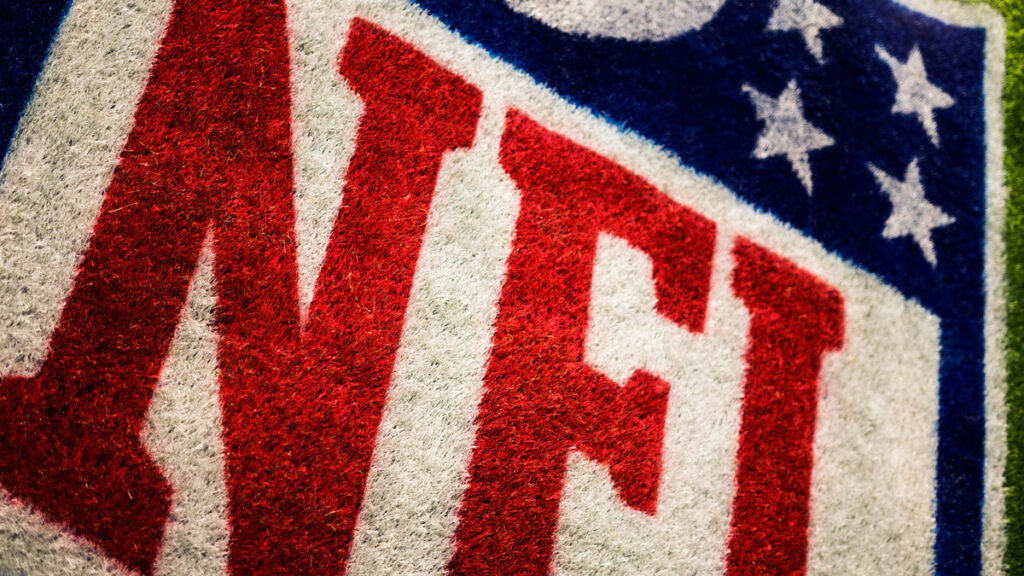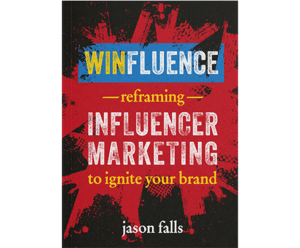You don’t need $5.6 million to get attention for your brand during the Super Bowl. Well, you do if you insist that attention come in the form of an official Super Bowl commercial. But there are lots of brands who have successfully hijacked the online conversation and buzz around Super Bowl commercials in recent years without ever having one.
Last year, knowing a big beer brand as going all-in on Super Bowl ads for their new hard seltzer, we helped our client Buffalo Trace Bourbon engineer one such effort. We collaborated with the brand to produce a manifesto-like stance against hard seltzers and engaged the loyal Buffalo Trace audience to produce a #StandStrong front against them. By providing Buffalo Trace fans with a clever asset (and accompanying hashtag—#hardseltzerhardno) the brand wound up No. 20 on the Twitter trending topics on Super Bowl Sunday.

Granted, you have to have a clever idea to break through the clutter. The Super Bowl is kind of the Oscars for advertising. Each spot is not only seen by 100 million or so people, but dissected, debated and declared a winner or loser by most of them. The entries in the conversation are typically some of the funniest, most clever and well produced spots in all of Advertising. So, the bar is high on what it is that will make people talk about you.
But armed with a great idea and a small army of passionate people, any business can break through the clutter on the buzziest day of the year in the marketing world.
The Ingredients to a Super Bowl Hijack
As with any good marketing campaign, the key to generating buzz is an insatiable idea. You’ve likely heard me say that our job as marketers in today’s noisy media landscape is to produce content that makes an audience say, “Holy Smokes! That’s (insert adjective here)!” If your idea, your copy, your art or your concept make people stop and exclaim, “Holy Smokes!” then you have struck a nerve and produced and emotional response. That is a prerequisite for someone to want to turn and tell someone else.
Your Holy Smokes trigger can be humor. It can be tongue-in-cheek confrontation (like #hardseltzerhardno). But it can also capitalize on any number of other human emotions. It can cause empathy or sadness. Most hunger and animal cruelty campaigns hit this cord well. It can also leverage discovery. Giving the audience an important piece of knowledge they didn’t know, but seems important enough to tell someone else about, works wonders without having the emotional extremes involved.
How many of you know what percent you can save on car insurance in just 15 minutes by switching to Geico? All of you can, right? While this fact is no longer novel and your recollection of it the by-product of repetition, when the save 15 percent campaign started, it was a little nugget of information that people found interesting enough to talk about. (Okay, it didn’t hurt that a cute gecko was saying it. Still.)
BONUS QUESTION: Do you remember the tagline for Geico’s ads just prior to the 15 percent campaign? Add your guess it in the comments.
So, you need a Holy Smokes Trigger. It certainly helps if you also have a memorable call-to-action, like “Switch to Geico,” but we’re talking about creating buzz, not conversions. Awareness is the goal. The hook is what you need most.
Now you need a delivery mechanism to get enough people to witness your trigger to create the viral effect. Paying $5.6 million for 100 million people to see it is one way, but the expensive way. Other ways include:
- Television commercials surrounding the Super Bowl, but not during the Super Bowl
- Select market local Super Bowl advertisements
- Second-screen online media buys for websites and social networks during the Super Bowl
- Sponsorship of related popular televised events (The Puppy Bowl, radio talk shows leading up to the game)
- Sponsored tweets or hashtags on Twitter
- Targeted social buys on Instagram, Snapchat, TikTok or other channels where Super Bowl reactions and conversations may happen
How Influencers Help the Hijack
If you notice, almost of the options above require some sort of media buy or ad spend. But there is a way to generate buzz around your idea without having to drop thousands of dollars to get in front of people. And that method is influence marketing.
Before we go any further, remember when I talk about influence marketing, I’m not limiting our channels to big-audience Instagrammers or YouTubers. That influenceR marketing. The Winfluence approach leverages influence marketing (without the R). We start with the idea that anyone can influence our target audience, online or offline.
The Buffalo Trace #hardseltzerhardno campaign leveraged fans of the brand—its followers and fans—and gave them assets (the idea, a video and a hashtag), a task (proclaim #hardseltzerhardno whenever you see mentions of hard seltzer on Super Bowl Sunday) and reward (a trip to the distillery for a randomly chosen fan that used the hashtag). But you could take your idea, engage larger-audience influencers you work with to engage their audiences around the idea and produce a wave of manufactured buzz that catches on.
Based on my experience, you could find one influencer with 100,000-200,000 followers (make sure the audience you wish to reach is a good portion of them), or 15-20 influencers with 10,000-25,000 followers for anywhere from $1,500 to $3,500. Have them share your big idea, perhaps coordinated with the start of the game, halftime or some other touchpoint to create a critical mass at one moment, and, if the idea and relationship is right, they’ll nurture the conversation along to reinforce and spread it.
There are lots of nuances to make sure your effort to hijack the Super Bowl conversations work, including:
- Is the idea truly a “holy smokes” trigger?
- Is the idea generally free of cancel potential? (Is it offensive, negative toward a group of people, socially irresponsible?)
- Is the influencer and their audience aligned to embrace the idea?
- Does the influencer have true influence to motivate their audience to do something with a cool idea?
- Do you have enough influencers engaged to create the critical mass of initial buzz to ensure it grows organically or catches on?
- Are you lucky?
That last one is more important than you think. If you were to time your big, critical mass moment at the same time the new commercial for Doritos, Snickers or featuring Jason Momoa airs, you’re toast. In fact, having a pre-game approach, during game approach and after game approach is probably smart to avoid those unfortunate coincidences in time.
What Does Your Influencer-Led Super Bowl Hijack Look Like?
Now you have a high-level idea to execute for the big game. So what does your influence marketing strategy look like for getting Super Bowl buzz without the budget? Feel free to share your idea in the comments, or shoot it to me privately. I’d love to hear what you’re up to!
Note: Photo by HENCE THE BOOM on Unsplash

Pre-order Winfluence now!
Reserve your copy by ordering on Amazon, Barnes & Noble or direct from Entrepreneur Press and look for the book to be shipped when it publishes February 23! Learn why we’ve been backed into a corner to think influencer marketing means Instagram and YouTube and how reframing it to be “influence” marketing makes us smarter marketers.

